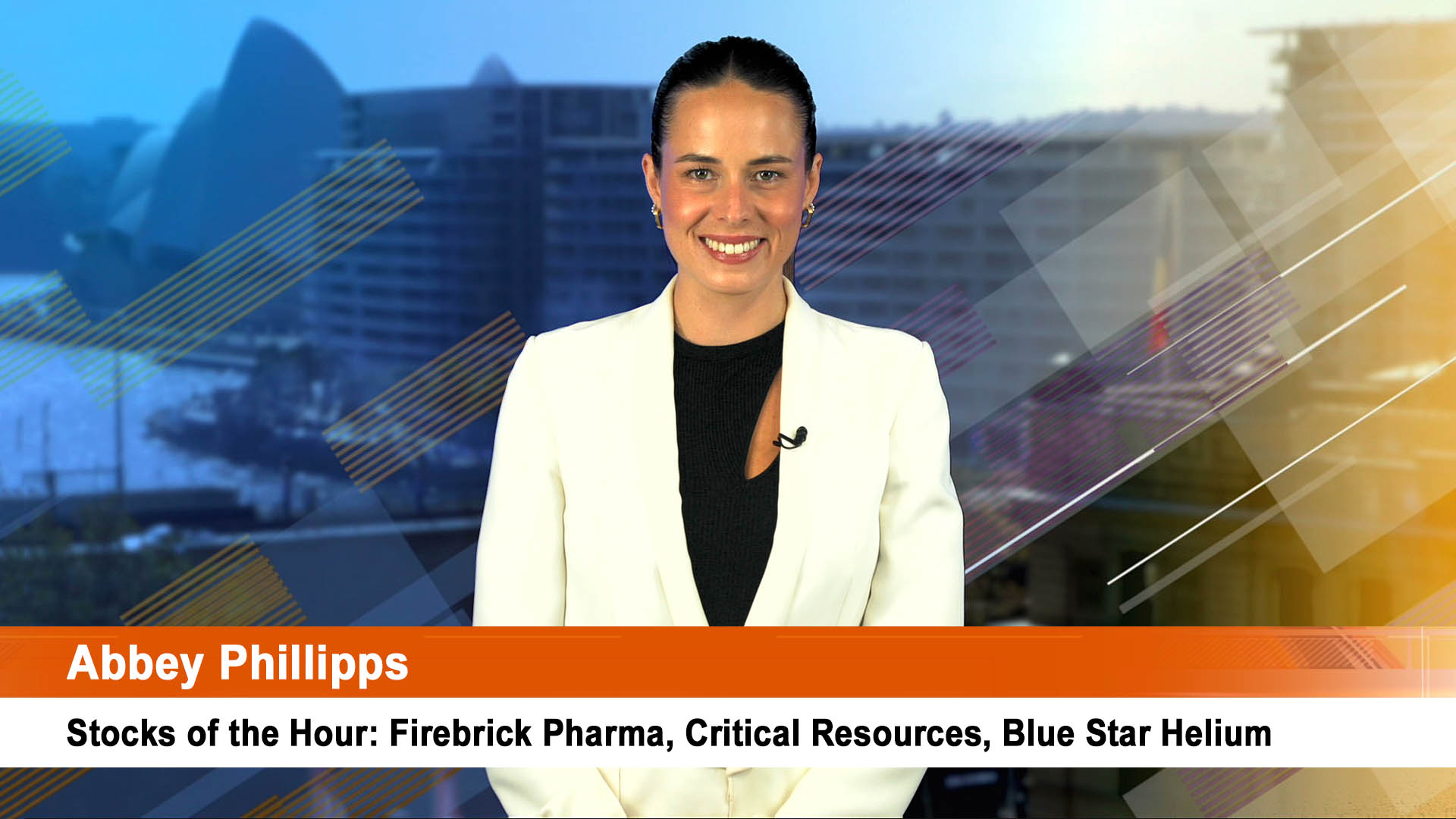Shares in Sigma Healthcare resisted early selling pressure yesterday after the pharmaceutical and health group revealed slightly better than expected results for the 2018-19 financial year.
Much of the result was well expected after the company revealed on March 13 it had rejected the takeover approach from rival Australian Pharmaceutical Industries.
The shares plunged from the close the day before at 51 cents to 52.5 cents on March 13, but have since then battled back to around 53-55 cents.
Yesterday morning the shares dipped to an early low of 52.5 cents then regained that early loss and added another 3%, but then fell back to end at 52.5 cents.
Investors absorbed the news in the results and the upbeat briefing and commentary from the company and CEO, Mark Hooper about how Sigma will adjust to life after losing its massive MyChemist/Chemist Warehouse supply contract shortly and then sold off the shares.
Revenue in the year to January fell 2.9% to $3.98 billion – a performance already well explained by the company. Underlying earnings before interest, tax, depreciation and amortisation was down 9.2% to $90.5 million while underlying profit slumped 22.7% to $46.3 million. Reported net profit after tax was down 37% to $37 million.
Final dividend of 2 cents a share, bringing its total dividend to 3.5 cents per share and maintaining a “high dividend’ payout regime in the next couple of years is one of the factors Sigma and its CEO sees as continuing to gain support from investors.
A small positive was Sigma’s underlying earnings before interest and tax (EBIT) result, which excludes restructuring and due diligence costs, came in at $76.2 million. This was 1.6% higher than its underlying EBIT guidance of $75 million.
On top of this sales revenues would higher if its Hepatitis C sales were excluded. Sales of the low margin Hepatitis C medicines fell $226 million or 50% over the year.
Analysts say the company has ambitious cut targets for the coming two years totaling $100 million – achieving or beating those will be a key to the future direction of the share price.
These cuts are part of the company’s re-setting of its cost base to account for the impact of the loss of the My Chemist/Chemist Warehouse contract this June.
Sigma’s CEO Mark Hooper was again optimistic about the cost-cutting and rebasing plans for the next two years as Sigma looks to diversify.
He said yesterday in a statement: “The recent events have provided the catalyst for us to undertake a detailed review of our operations to ensure we have a sustainable business operating efficiently, but importantly one that adopts a growth mindset to capture the emerging opportunities we see for the business.”
“We are confident with our ability to execute our strategy to deliver these savings. This work has already commenced with plans and timeframes communicated to our DC (distribution Centre) team members in March.”
The market confidence (trust even) that Sigma will manage the transformation well allowed it to escape punishment for its (already flagged) cut to 2019-20 EBITDA guidance of $55 million to $60 million for FY 2020. That would be a 34% to 39% slide on 2017-19 underlying outcome, which itself was down 9.2% to just over $90 million.
So if the worst outcome happens, Sigma’s underlying EBITDA at the end of 2019-20 could be just on half (around 48%) lower than it was in 2017-18.
Can shareholders and investors hold their nerve is the question now.













